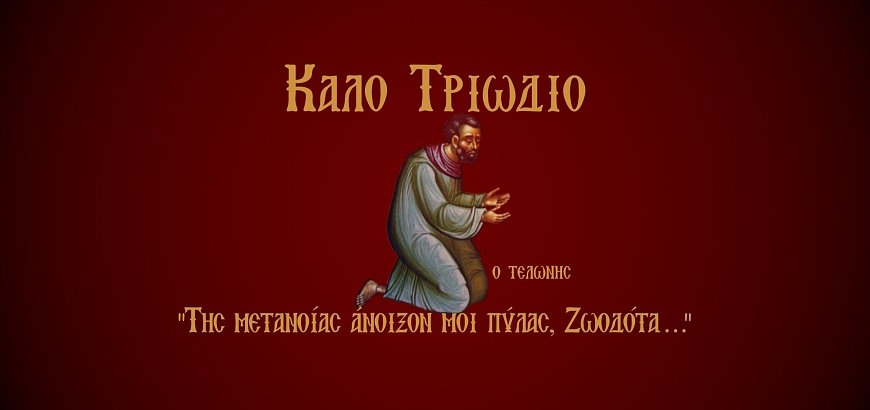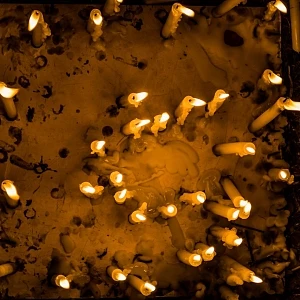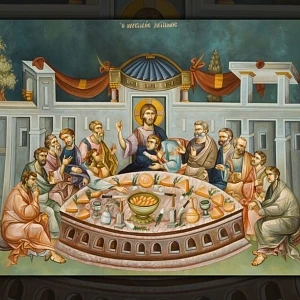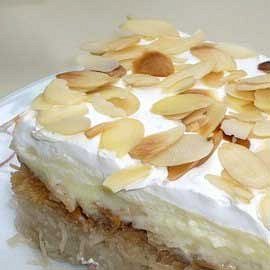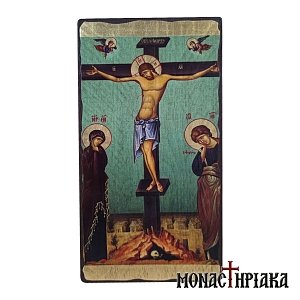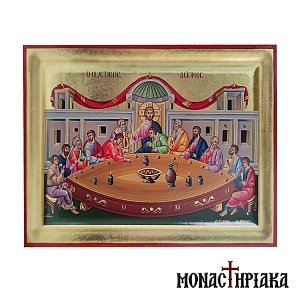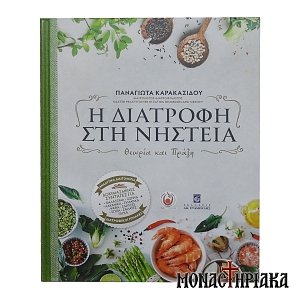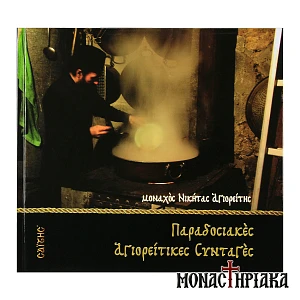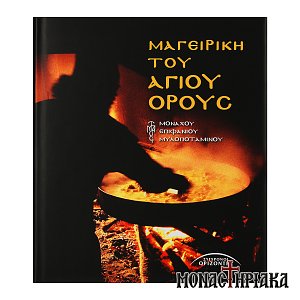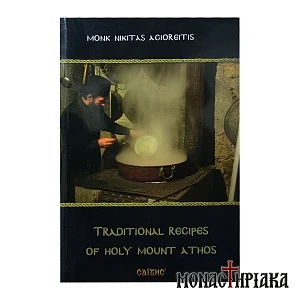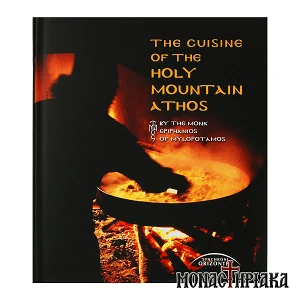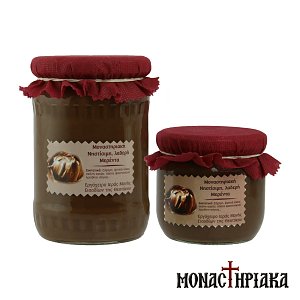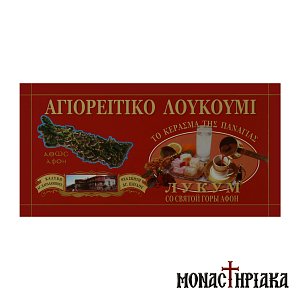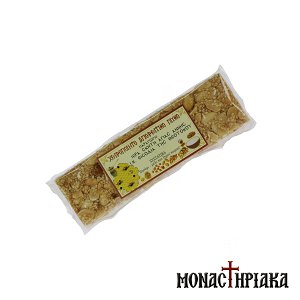What is the Triodion
The term ‘Triodion’ has a double definition. On one hand, ‘Triodion’ denotes the liturgical book of the Church, containing hymns with three odes, that are chanted during the period before the Resurrection. On the other hand, ‘Triodion’ is also called the movable period of the ecclesiastical year, that prepares the faithful for the celebration of the Holy Easter.
For the year 2024, the Triodion begins on February 25th and concludes on May 4th, so the ten weeks are completed.
For the year 2025, the Triodion begins on February 9th and concludes on April 19th.
Why is it called 'Triodion'
The term "Triodion" comes from the Greek compound word ‘Τριώδιο’ (=τρια + ωδή), which means ‘three odes’.
The book Triodion took its name from the form of the hymnographic content that is included in the liturgical service. Specifically, the hymns known as ‘Triodia’, do not adhere to the typical format, which is found in other liturgical books, as they consist of three odes (or Canons) instead of nine.
What does the phrase ‘the Triodion opened’ mean
At the commencement of the Triodion period, during the Vesper service on the Saturday that is celebrated before the Sunday of the Publican and the Pharisee, the chorister receives the Triodion book, which is placed upon the Icon of Jesus Christ. Then, he embraces it and places it upon the lectern of the church.
In this way, the phrase ‘the Triodion opened’ pertains both to the 'opening' of the book in the Church in its literal meaning and to the commencement of the ecclesiastical period that we call Triodion.
The beginning of the Triodion marks the start of a devout period, which is characterized by intense recollection and preparation of the faithful for the forty-day fast that follows.
When is the period of the Triodion
Which are the Sundays of the Triodion and what is their meaning
The Triodion’s period consists of ten weeks and is separated into three shorter periods.
The first period begins on the Sunday of the Publican and the Pharisee until the Cheese fare Sunday, a span that actually lasts three weeks.
These initial three weeks of the Triodion herald the struggles against our passions during Great Lent.

Sunday of the Publican and the Pharisee
The first week commences with the Sunday of the Publican and the Pharisee, featuring the corresponding parable, which teaches the faithful to be humble like the Publican and not overly proud like the Pharisee.
Sunday of the Prodigal Son
The second week starts with the Sunday of the Prodigal Son, in which is taught the significance of repentance and forgiveness, through the parable.

Meat fare Sunday
The third week is marked by the Meat fare Sunday, focusing on the Second Coming.
It is worth noting that the Saturday before the third Sunday of the Triodion is called All Souls’ Day, dedicated to the departed.

Read here: Prayers for the Departed - What dates are All Souls Day.
Cheese fare Sunday
The third week concludes with the Cheese fare Sunday, which describes the exile of Adam and Eve from Paradise.
On this day, the Gospel’s readings urge Christians to fast, forgive, and live virtuously with mercy.
Following this is the second period, which begins on Clean Monday and lasts until Lazarus Saturday.
This period consists of four weeks and five Sundays.
First Sunday of Lent or Sunday of Orthodoxy
The first Sunday of this period is the First Sunday of Lent or Sunday of Orthodoxy, which symbolizes the restoration of icons in Churches and the victory of Christians over heretical doctrines.
![]()
Second Sunday of Lent or Saint Gregory Palamas
On the Second Sunday of Lent, prayer, fasting, and charity prevail. A great example for this is Saint Gregory Palamas, who symbolizes wisdom and knowledge through Orthodox faith.
Third Sunday of Lent or Sunday of the Raise of the Holy Cross
The Third Sunday of Lent is also known as the Sunday of the Raise of the Holy Cross. The Cross plays a dominant role, symbolizing the rebirth of Jesus Christ and serving as a support for every believer.
Fourth Sunday of Lent or Sunday of Saint John Climacus
Following is the Fourth Sunday of Lent in honor of Saint John Climacus, with the central message that through personal struggle and spiritual exercise, the faithful will attain spiritual elevation.

Fifth Sunday of Lent or Sunday of Saint Mary of Egypt
As we approach the end, is the Fifth Sunday of Lent, also known as the Sunday of Saint Mary of Egypt, symbolizing profound repentance. In the past, Saint Mary was a sinner, but later chose the path of asceticism for 47 whole years.

The third period spans from Palm Sunday to Holy Saturday, marking the conclusion of the Triodion period.
Previously, the Triodion also included the period from Easter Sunday to the Sunday of All Saints. However, this period was later incorporated into another liturgical book of our Church, called the Pentecostarion.
The Fasting in the Triodion: how we fast at Triodion period
The period before and during Great Lent, is a significant time when Christians prepare internally for Holy Week and the Resurrection of our Lord Jesus Christ.
Throughout the devout Triodion period, the faithful engage in their personal struggle through prayer, fasting, and repentance, chanting devoutly, 'Open to me the doors of repentance, O the Life-giver... ‘.
Click here for monastic recipes for Lenten.
The first three weeks of the Triodion lead to Great Lent and the forty-day fasting period before Easter.
The first week of the Triodion is called "free", as there is no limitation in food choices, even on Wednesday and Friday. Thus, there is "dispensation in all things" every day of the week.
The second week is called "Meatfare Week" because there is still no limitation in food choice, except on Wednesday and Friday, when we fast without oil. Thus, there is "dispensation in all things" every day of the week except for Wednesday and Friday.
Concluding, the third week is called "Cheesefare Week" because the consumption of dairy products, eggs, fish, and olive oil is allowed every day of the week. However, during this week, we are fasting from meat.
Then follows Great Lent, which is the long and strict fasting period, lasting forty days.
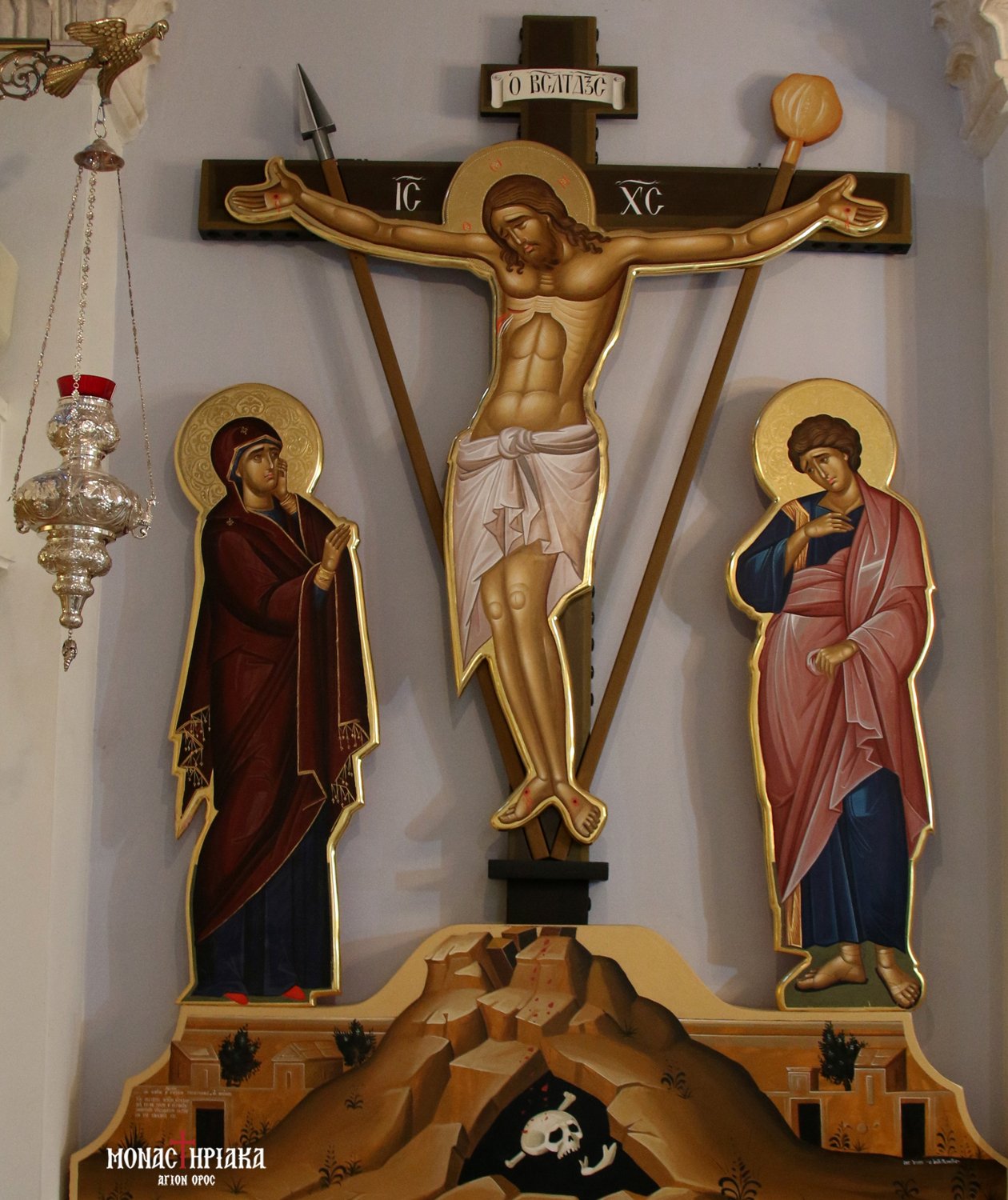
The period of the Triodion, which includes the time of Great Lent, is a significant opportunity for reflection, forgiveness, and repentance. With these preparations, the faithful are ready to experience the miracle of the Lord's Resurrection and accept redemption in their lives.
Find here: Books of monastic gastronomy with fasting recipes.
